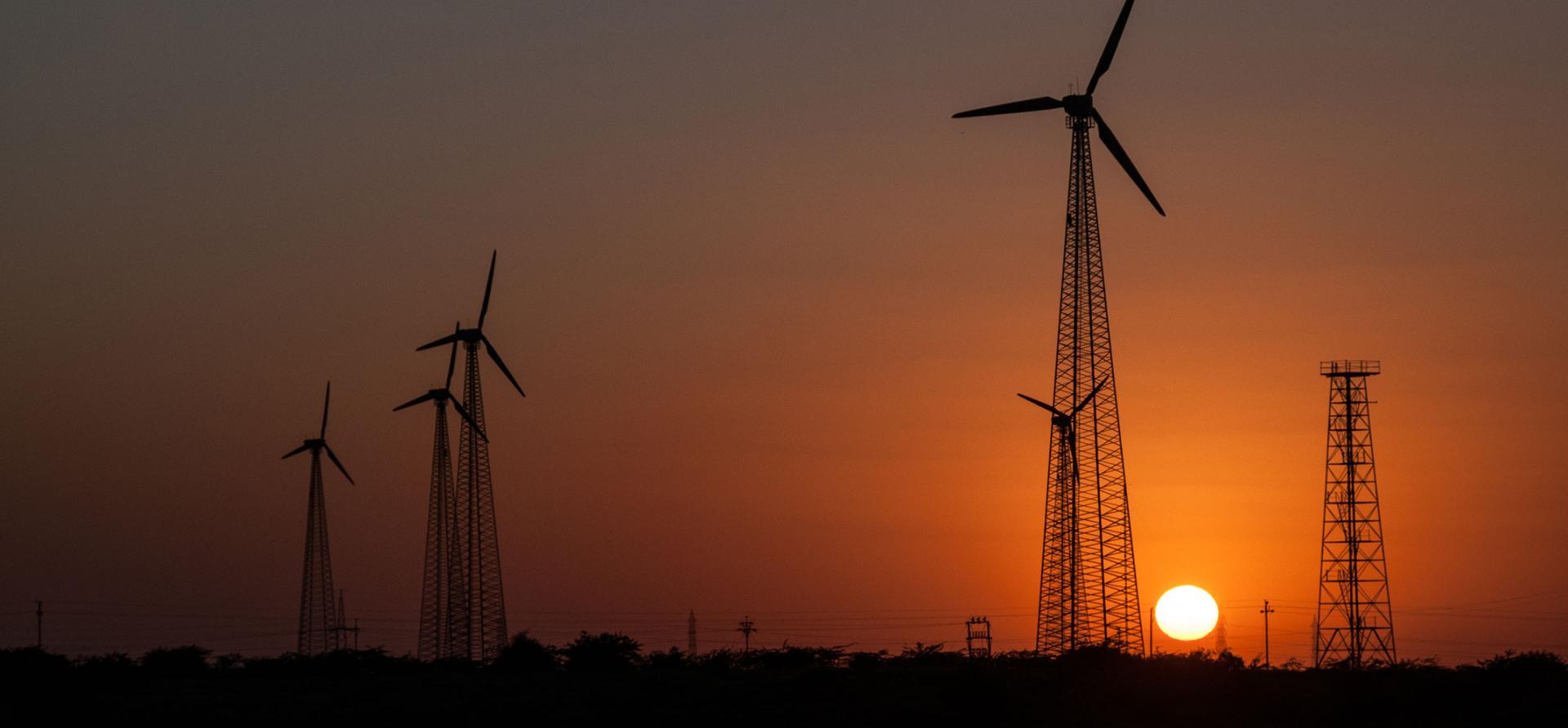Cementing Rajasthan’s and Gujarat’s Renewable Energy Leadership
Download Briefing Note
View Press Release

Key Findings
Introducing an incremental green tariff in Rajasthan and lowering Gujarat’s high incremental green tariff will attract consumers to renewable energy by providing a flexible and low-risk path to sustainable power while generating additional revenue for DISCOMs.
Creating renewable infrastructure funds and adopting green budgeting in Rajasthan and Gujarat will secure capital for renewable projects, streamline fiscal strategies, and strengthen economic growth aligned with environmental goals.
Scaling up distributed renewable energy (DRE) and advancing grid infrastructure will help Rajasthan and Gujarat boost renewable capacity, improve grid reliability, and reduce reliance on fossil fuels, driving a resilient transition to clean energy.
Introduction
India’s rapid urbanisation and growing GDP will drive energy demand that will likely surpass all other countries by 2050. In order to meet the rising energy demand and reduce dependence on fossil fuels, India had set a target at the 26th Conference of Parties (COP26) to achieve 500 gigawatts (GW) of non-fossil fuel energy capacity by 2030. India also aims to reach net-zero emissions by 2070, for which it needs investments of over US$10 trillion in infrastructure and clean energy.
According to the International Energy Agency, India ranked fourth worldwide in total renewable energy installed capacity (including large hydro) in 2023, fourth in wind power capacity and fifth in solar power capacity. As of 31 September 2024, India’s total renewable energy capacity (including large hydro) reached 201,458 megawatts (MW), 12.8% higher year-on-year.
In India’s energy transition, states like Rajasthan, with the highest installed renewable energy capacity of 29,981MW, and Gujarat, with the second highest installed renewable energy capacity of 29,525MW, will play pivotal roles. Rajasthan’s vast desert and Gujarat’s long coastline make them ideal for large-scale solar and wind energy development. Progressive government policies by the states have helped them become renewable energy powerhouses in the country. There is always room for improvement. Our analysis finds that steps like implementing a green tariff, integrating green budgeting practices, setting up dedicated infrastructure funds, promoting distributed renewable energy, modernising the grid and developing storage solutions will help both states continue to lead India’s energy transition.
Figure 1: National Share of Renewable Energy Capacity and Potential in Gujarat and Rajasthan
CORRECTION: This report was amended on 7 November 2024 in P.2 (Figure 1). We regret the errors.
















